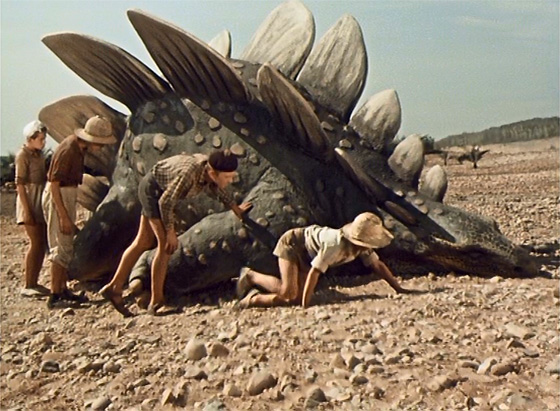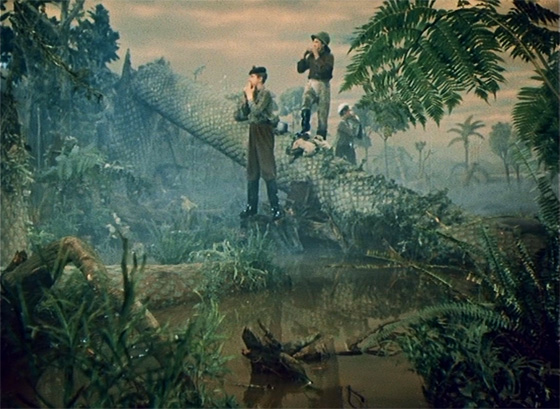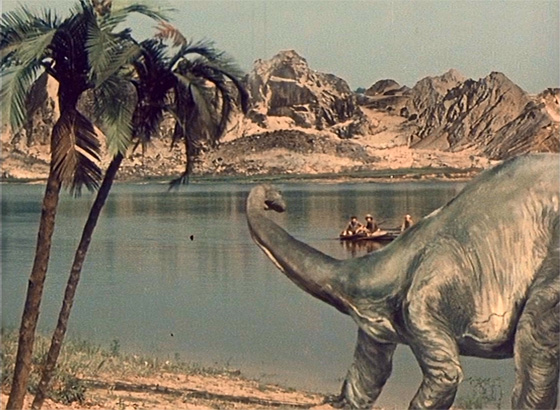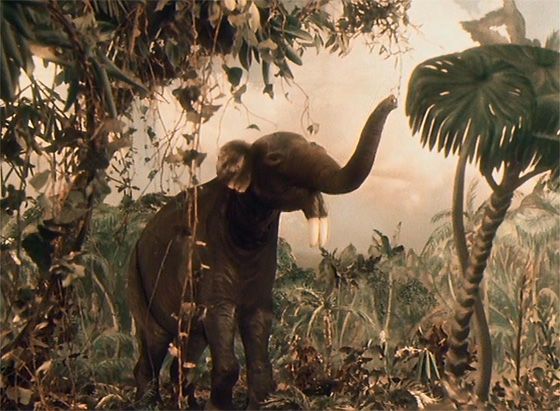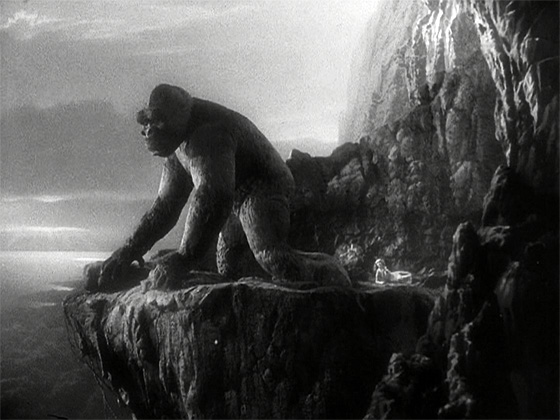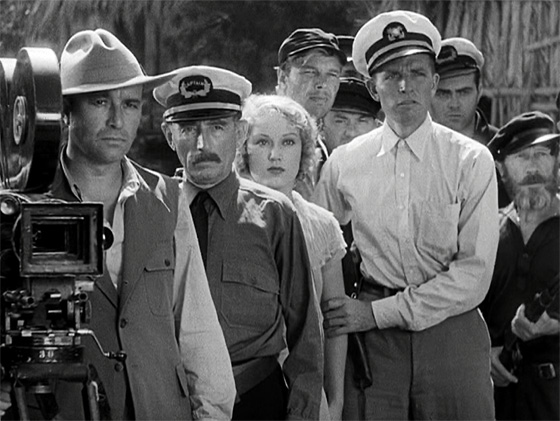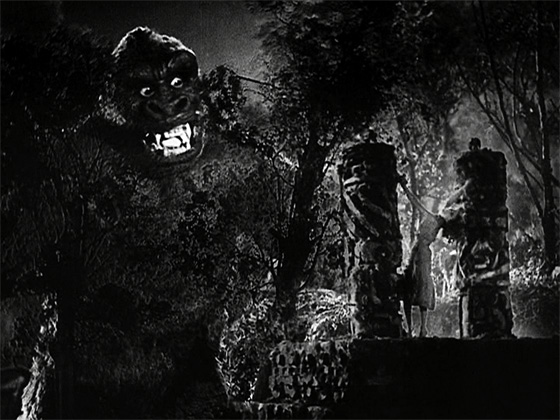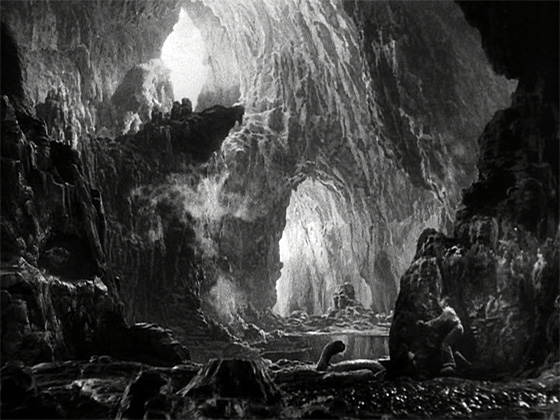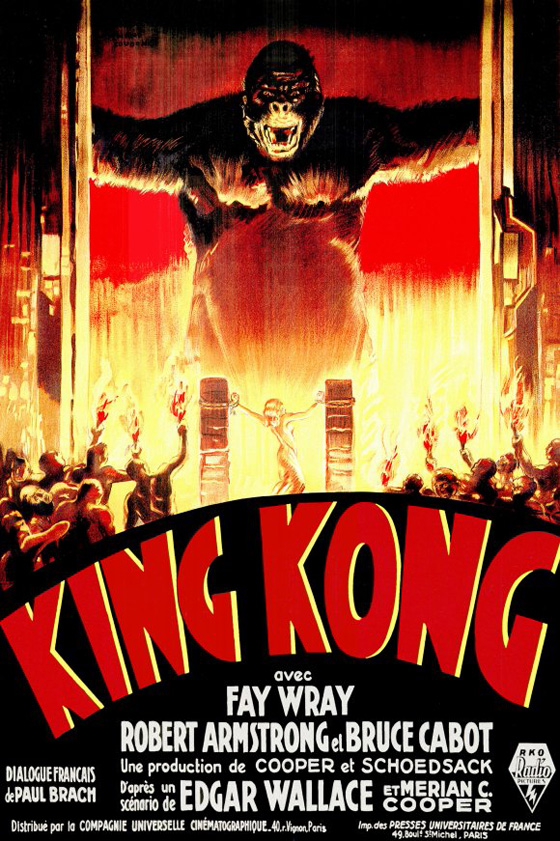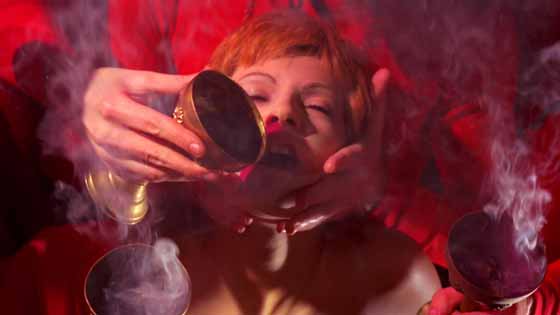
At least there’s one thing that’s easy to understand about this film, which is why it was brought into existence. Released in Italy as Riti, magie nere e segrete orge nel trecento… (Rites, Black Magic and Secret Orgies in the 14th Century…, 1973), the film by Renato Polselli (Delirium) is an exploitation horror film with heaping portions of Satanism, vampirism, gore, and the erotic. These types of films were at their height, with Satanic horror, in particular, at its apex (The Exorcist was released the same year). Yet there is really no accounting for this particular stretch of celluloid, which vanished into obscurity before a revival on DVD as The Reincarnation of Isabel and, more recently, on Blu-Ray under the condensed title Black Magic Rites by Kino’s Redemption imprint. The impression is that this film was not actually created by humans, but was transmitted to us from another dimension, or perhaps as part of some Videodrome-style conspiracy in mind control. Polselli mashes together all the familiar elements, adds a schizophrenic soundtrack (with a psych-rock main theme punctuated by orgasmic moans), and lights everything with brightly-colored gels. The plot is simple – I think – but is told through deliberate obfuscation, mixing past and present, shifting angles and scenes to a rhythmic drumbeat. The dialogue is bizarre. The acting is awful. It is unclear, at times, whether the film is confusing on purpose, or simply confused. Yet there is something completely satisfying about Black Magic Rites. Perhaps by accident, the film distills all the grindhouse tropes of early-70’s Eurosleaze into a dazzling, hallucinogenic witch’s brew.
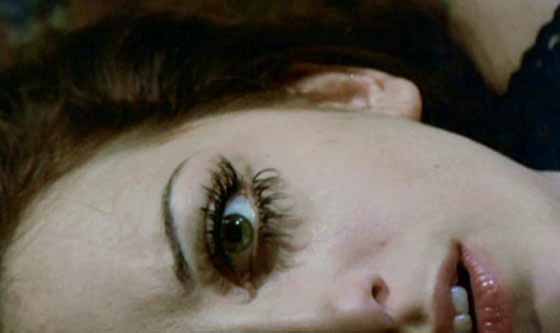
But I must keep reminding you: the film is a mess. The plot concerns a cabal of Satanists living beneath a “cursed” Spanish castle, trying to resurrect Isabel Drupel (Rita Calderoni, Nude for Satan), a “vampire and witch” who was burned at the stake by the Inquisition. The castle has a new co-owner, Jack Nelson (Mickey Hargitay, Bloody Pit of Horror), who locks horns with the castle’s other owner, the leader of the cult, a mustachioed man in a black turtleneck who spends most of his time glowering from the castle walls, and is suggested at one point to be Count Dracula. Perhaps he is Count Dracula. Nelson’s stepdaughter, Laureen (Calderoni), bears such a strong resemblance to Isabel that she quickly becomes the target of the cult’s plans to bring their “Great Mistress” back to life. The various female guests are lured into the temple beneath the castle, hearts cut out and blood quaffed via goblets before the bandaged and mummified figure of Isabel (Calderoni, struggling to stand still, with gray make-up and a gaping cavity in her chest where her heart used to be). Much of the strange goings-on are uncovered by houseguest “Steffy” (Stefania Fassio), but she’s such a raving basketcase anyway that most don’t take notice. Even Steffy loses track of the plot, distracted by her attractive blonde roommate and the creepy guy in the room next door, whose face can’t stop twitching (all over – there must be four or five tics going on), but who nonetheless initiates a ménage à trois, because these films require such things. Steffy has nothing more to contribute to the story, but she does fall down some steps at the end of the film while wearing a ballerina costume, another head-scratching moment in a film rich with them.
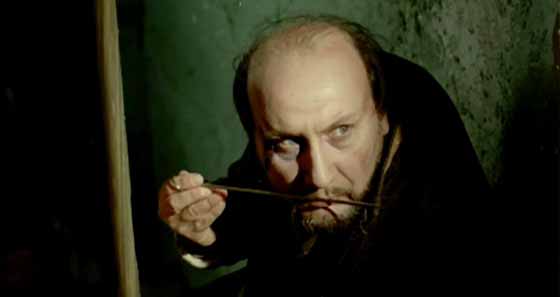
Like a lot of Italian horror films of the period, the goal is not to deliver a coherent plot or write logical, convincing dialogue. As with Bava or Argento, style trumps all. Granted, the surrealism is often accidental. The cultists have green make-up and are dressed like Underdog, somewhat undermining any sinister qualities to the proceedings. (Indeed, the Satanic ritual is more reminiscent of Manos: The Hands of Fate.) Franco-like zooms are used heavily, though at least one misses the target and quickly corrects itself. During Laureen’s engagement party held at night, Steffy steps outside for a scene shot at high noon. Later, when she lies on the floor trying to convince the partygoers that she’s been attacked by a “monster,” she shouts, apropos of nothing, “It’s very hard to die!” Another character reads from a tome, “Vampires need blood that’s not contaminated by human semen.” But in this same scene one man behaves as though he’s hypnotized, the proceedings are interrupted by an extended 14th century flashback, and when Polselli cuts back, the exposition-laden dialogue continues but with everyone’s faces lit by alternating colors. (Polselli’s favorite trick here is lighting faces through a spinning color wheel.) One woman is buried alive by a man who looks like (but isn’t) Donald Pleasence, and after she pounds screaming on the coffin lid, it suddenly opens and invisible bats squeak on the soundtrack (and cast unconvincing shadows) before she’s pulled up into the unknown. In other words, Black Magic Rites is nothing short of pure crazy, and it’s increasingly clear that Polselli likes it that way. The jump-cut editing in synch to the pulsating soundtrack (by Gianfranco Reverberi and Romolo Forlai) recalls Jess Franco’s Vampyros Lesbos (1971) – at least during the ritualistic opening scenes – and the director cranks up the groovy disorientation, frequently cutting to multiple angles, or even interpretations, of the same event. Often it’s not clear what is objectively happening, or even who is who (there are a lot of characters crammed into the corridors, like a Jack Davis MAD Magazine illustration). No one in their right mind would call this a good movie, but it’s lovely to look at, and there seems to be so much happening – whatever it is.
The opening credits:
